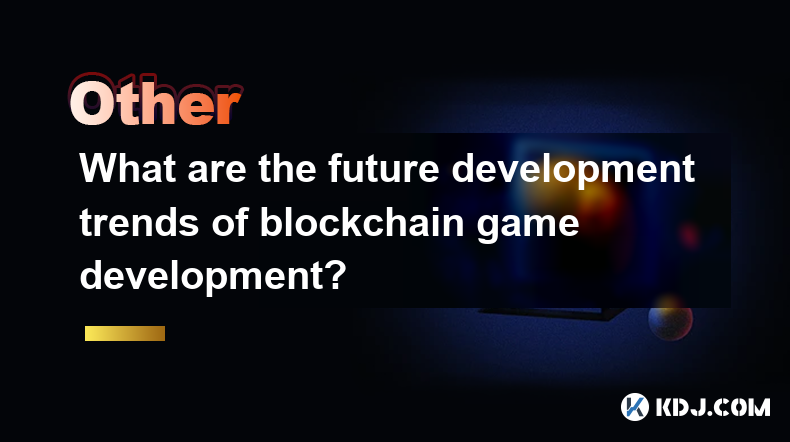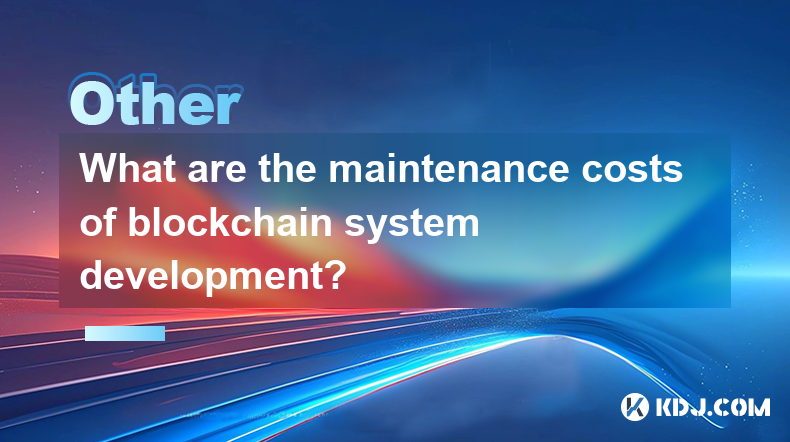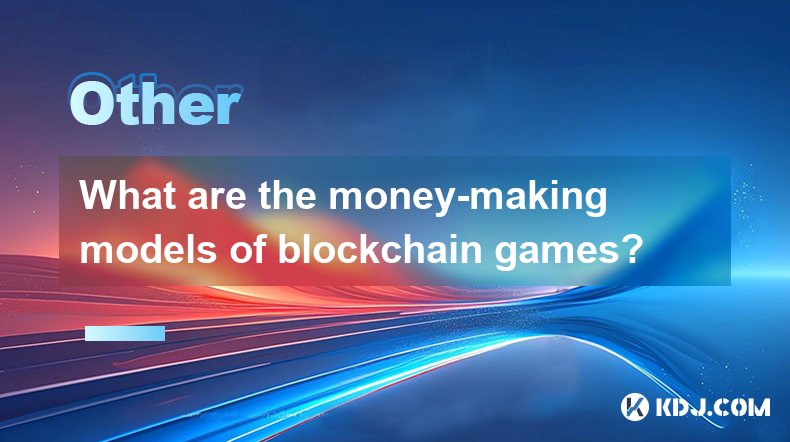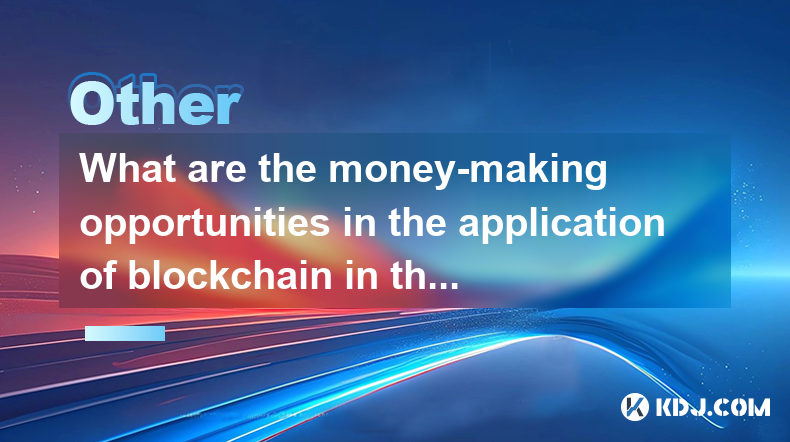-
 Bitcoin
Bitcoin $77,488.7602
-2.49% -
 Ethereum
Ethereum $1,483.1296
-4.92% -
 Tether USDt
Tether USDt $0.9991
-0.05% -
 XRP
XRP $1.8328
-5.33% -
 BNB
BNB $561.4712
-0.06% -
 USDC
USDC $1.0001
0.00% -
 Solana
Solana $106.4798
-2.77% -
 TRON
TRON $0.2313
-1.68% -
 Dogecoin
Dogecoin $0.1467
-4.10% -
 Cardano
Cardano $0.5710
-5.95% -
 UNUS SED LEO
UNUS SED LEO $9.1606
2.07% -
 Chainlink
Chainlink $11.3824
-2.54% -
 Toncoin
Toncoin $3.0055
-3.48% -
 Avalanche
Avalanche $16.6677
-4.54% -
 Stellar
Stellar $0.2211
-6.24% -
 Shiba Inu
Shiba Inu $0.0...01107
-2.19% -
 Hedera
Hedera $0.1514
-7.36% -
 Sui
Sui $1.9540
-4.82% -
 MANTRA
MANTRA $6.2216
-0.38% -
 Bitcoin Cash
Bitcoin Cash $274.3554
-3.13% -
 Litecoin
Litecoin $71.7140
-0.86% -
 Dai
Dai $0.9998
-0.04% -
 Polkadot
Polkadot $3.4074
-6.43% -
 Ethena USDe
Ethena USDe $0.9985
-0.07% -
 Bitget Token
Bitget Token $4.0705
-2.03% -
 Hyperliquid
Hyperliquid $12.9105
8.83% -
 Pi
Pi $0.5759
-0.85% -
 Monero
Monero $195.2652
-4.51% -
 OKB
OKB $51.8656
-1.61% -
 Uniswap
Uniswap $4.8776
-5.66%
What is a 51% attack? How does blockchain prevent such attacks?
A 51% attack lets attackers control a blockchain by manipulating transactions and potentially double-spending coins, but it's costly and harder on decentralized networks.
Mar 28, 2025 at 01:15 pm

Understanding the 51% Attack
A 51% attack, also known as a majority attack, is a type of attack on a blockchain network where a malicious actor gains control of more than 50% of the network's hashing power. This allows them to manipulate the blockchain's consensus mechanism, potentially reversing transactions, double-spending coins, and preventing legitimate transactions from being confirmed. This control allows the attacker to dictate the order of transactions and effectively rewrite the blockchain's history. The severity of the impact depends on the specific cryptocurrency and its security measures.
How Hashing Power Determines Control
The core of a 51% attack lies in the concept of hashing power. In many cryptocurrencies, like Bitcoin, transactions are validated through a process called mining. Miners compete to solve complex cryptographic puzzles, and the first miner to solve the puzzle gets to add the next block of transactions to the blockchain. Hashing power represents the computational power dedicated to solving these puzzles. Controlling over 50% of this power grants the attacker the ability to control the block creation process.
The Mechanics of a 51% Attack: A Step-by-Step Guide
Let's break down how a 51% attack might unfold:
- Gaining Control: The attacker acquires sufficient computing power, either through their own resources or by renting it from others, to surpass the combined hashing power of the rest of the network.
- Transaction Manipulation: The attacker can now selectively include or exclude transactions from the blocks they mine. This allows them to reverse transactions they made, effectively stealing funds.
- Double-Spending: A particularly damaging aspect is the ability to double-spend. The attacker can spend the same cryptocurrency twice, receiving payment twice for a single good or service.
- Forking the Chain: The attacker can create a competing blockchain, presenting it as the legitimate one to other nodes in the network. If successful, this invalidates the original blockchain.
- Denial of Service: The attacker can prevent legitimate transactions from being confirmed, effectively disrupting the network's functionality.
Blockchain's Defenses Against 51% Attacks
While a 51% attack is theoretically possible, several factors make it incredibly difficult and costly to execute successfully against major cryptocurrencies.
- Decentralization: The distributed nature of blockchain networks makes it challenging for a single entity to amass the necessary hashing power. The more decentralized a network, the harder it is to achieve a 51% attack.
- Proof-of-Work (PoW): In PoW systems, the cost of acquiring the necessary hardware and electricity to achieve a 51% attack is substantial, acting as a significant deterrent.
- Network Effects: A large, established network with many participants and high transaction volume makes a 51% attack more challenging and detectable. The more participants, the more difficult it is to control a majority.
- Community Monitoring: The cryptocurrency community constantly monitors the network for suspicious activity. Any significant shift in hashing power distribution would likely be noticed and investigated.
- Alternative Consensus Mechanisms: Some cryptocurrencies use alternative consensus mechanisms like Proof-of-Stake (PoS), which require a different approach to attack and often make 51% attacks less feasible. PoS relies on the amount of cryptocurrency staked rather than hashing power.
The Cost Factor in 51% Attacks
The economic cost of mounting a successful 51% attack is often prohibitive. The investment in hardware, electricity, and potentially renting computing power can be astronomical, especially for established networks with high hashing rates. The potential gains from the attack must significantly outweigh the costs for it to be a worthwhile endeavor. This economic barrier is a powerful deterrent.
Detecting and Mitigating 51% Attacks
Detecting a 51% attack in progress is challenging, but not impossible. Monitoring tools can track hashing power distribution and identify any sudden or significant shifts. Network participants can also observe unusual transaction patterns or delays in block confirmation times. However, the detection may only happen after the attack has already begun. Mitigating the damage after a 51% attack often involves community collaboration and potentially hard forking the blockchain to revert the malicious changes.
The Vulnerability of Smaller Cryptocurrencies
Smaller cryptocurrencies with lower network participation and hashing power are more vulnerable to 51% attacks. The cost of acquiring a majority stake is significantly lower, making these networks attractive targets for malicious actors. Users should exercise caution when interacting with smaller, less established cryptocurrencies.
Frequently Asked Questions
Q: Can a 51% attack happen on Bitcoin?
A: While theoretically possible, a 51% attack on Bitcoin is extremely difficult and prohibitively expensive due to its massive network size and hashing power. The cost of acquiring the necessary resources would far outweigh any potential gains.
Q: What are the consequences of a successful 51% attack?
A: The consequences can be severe, including double-spending of cryptocurrency, reversal of transactions, disruption of network functionality, and loss of user funds. The severity depends on the specific cryptocurrency and the attacker's goals.
Q: How can I protect myself from a 51% attack?
A: Focus on using established, well-established cryptocurrencies with high network participation and hashing power. Avoid smaller, less secure networks that are more vulnerable. Stay informed about security updates and warnings from the cryptocurrency community.
Q: What is the difference between a 51% attack and a double-spending attack?
A: A 51% attack is a broader term referring to gaining control of over 50% of the network's hashing power. Double-spending is a specific type of attack that can be facilitated by a 51% attack, where an attacker spends the same cryptocurrency twice. A 51% attack enables double-spending but is not limited to it.
Q: Are all cryptocurrencies equally vulnerable to 51% attacks?
A: No. The vulnerability to a 51% attack varies significantly depending on the size, decentralization, and consensus mechanism of the cryptocurrency network. Larger, more decentralized networks are significantly more resistant.
Disclaimer:info@kdj.com
The information provided is not trading advice. kdj.com does not assume any responsibility for any investments made based on the information provided in this article. Cryptocurrencies are highly volatile and it is highly recommended that you invest with caution after thorough research!
If you believe that the content used on this website infringes your copyright, please contact us immediately (info@kdj.com) and we will delete it promptly.
- MEXC Launches BTC Fixed Saving Event with Up to 99% APR, Preceding Babylon (BABY) Token Listing
- 2025-04-09 22:05:13
- Hyperliquid (HYPE) Is Showing Strength At A Time When Bitcoin And Stocks Are In The Gutter
- 2025-04-09 22:05:13
- Outperforming Dogecoin (DOGE), Mutuum Finance (MUTM) Has Turned 2% on Its Head
- 2025-04-09 22:00:12
- #title I Rarely Post Comments About Ethereum Because Many Friends Hold Large Positions
- 2025-04-09 22:00:12
- As the macro-economic uncertainty increases, new investment options arise in the crypto world.
- 2025-04-09 21:55:12
- Bitcoin (BTC) Price Falls Below $75,000 for the Second Time This Week, Pushing Weekly Losses to Over 11%
- 2025-04-09 21:55:12
Related knowledge

Is the ranking of Chinese blockchain apps real and reliable?
Apr 04,2025 at 09:01pm
The ranking of Chinese blockchain apps has become a topic of interest for many in the cryptocurrency community, as it provides insights into the popularity and adoption of blockchain technology within China. However, the reliability and authenticity of these rankings are often questioned. This article aims to delve into the factors that influence these ...

What are the future development trends of blockchain game development?
Apr 03,2025 at 05:00am
Blockchain technology has revolutionized various industries, and gaming is no exception. As we look to the future, several trends are set to shape the development of blockchain games. These trends not only promise to enhance the gaming experience but also to integrate blockchain technology more seamlessly into the gaming ecosystem. Let's explore these t...

What are the high-return opportunities for blockchain investments?
Apr 05,2025 at 02:35pm
Blockchain technology has revolutionized the financial world, offering numerous high-return investment opportunities. These opportunities span various sectors within the cryptocurrency ecosystem, including cryptocurrencies, decentralized finance (DeFi), non-fungible tokens (NFTs), and blockchain startups. Each of these areas presents unique risks and re...

What are the maintenance costs of blockchain system development?
Apr 03,2025 at 06:07pm
The maintenance costs of blockchain system development are multifaceted and depend on various factors. These costs can include technical maintenance, security updates, infrastructure expenses, and personnel costs. Understanding these elements is crucial for anyone planning to develop or maintain a blockchain system. Technical MaintenanceTechnical mainte...

What are the money-making models of blockchain games?
Apr 04,2025 at 02:00pm
Blockchain games have emerged as a revolutionary way for players to earn real money while enjoying their favorite pastime. These games leverage the power of blockchain technology to create unique money-making models that benefit both the players and the developers. In this article, we will explore the various money-making models of blockchain games and ...

What are the money-making opportunities in the application of blockchain in the field of Internet of Things?
Apr 05,2025 at 10:35pm
The integration of blockchain technology with the Internet of Things (IoT) presents numerous money-making opportunities. Blockchain, with its decentralized and secure nature, can revolutionize how IoT devices interact, manage data, and conduct transactions. This article will explore various avenues where entrepreneurs, developers, and investors can capi...

Is the ranking of Chinese blockchain apps real and reliable?
Apr 04,2025 at 09:01pm
The ranking of Chinese blockchain apps has become a topic of interest for many in the cryptocurrency community, as it provides insights into the popularity and adoption of blockchain technology within China. However, the reliability and authenticity of these rankings are often questioned. This article aims to delve into the factors that influence these ...

What are the future development trends of blockchain game development?
Apr 03,2025 at 05:00am
Blockchain technology has revolutionized various industries, and gaming is no exception. As we look to the future, several trends are set to shape the development of blockchain games. These trends not only promise to enhance the gaming experience but also to integrate blockchain technology more seamlessly into the gaming ecosystem. Let's explore these t...

What are the high-return opportunities for blockchain investments?
Apr 05,2025 at 02:35pm
Blockchain technology has revolutionized the financial world, offering numerous high-return investment opportunities. These opportunities span various sectors within the cryptocurrency ecosystem, including cryptocurrencies, decentralized finance (DeFi), non-fungible tokens (NFTs), and blockchain startups. Each of these areas presents unique risks and re...

What are the maintenance costs of blockchain system development?
Apr 03,2025 at 06:07pm
The maintenance costs of blockchain system development are multifaceted and depend on various factors. These costs can include technical maintenance, security updates, infrastructure expenses, and personnel costs. Understanding these elements is crucial for anyone planning to develop or maintain a blockchain system. Technical MaintenanceTechnical mainte...

What are the money-making models of blockchain games?
Apr 04,2025 at 02:00pm
Blockchain games have emerged as a revolutionary way for players to earn real money while enjoying their favorite pastime. These games leverage the power of blockchain technology to create unique money-making models that benefit both the players and the developers. In this article, we will explore the various money-making models of blockchain games and ...

What are the money-making opportunities in the application of blockchain in the field of Internet of Things?
Apr 05,2025 at 10:35pm
The integration of blockchain technology with the Internet of Things (IoT) presents numerous money-making opportunities. Blockchain, with its decentralized and secure nature, can revolutionize how IoT devices interact, manage data, and conduct transactions. This article will explore various avenues where entrepreneurs, developers, and investors can capi...
See all articles























































































